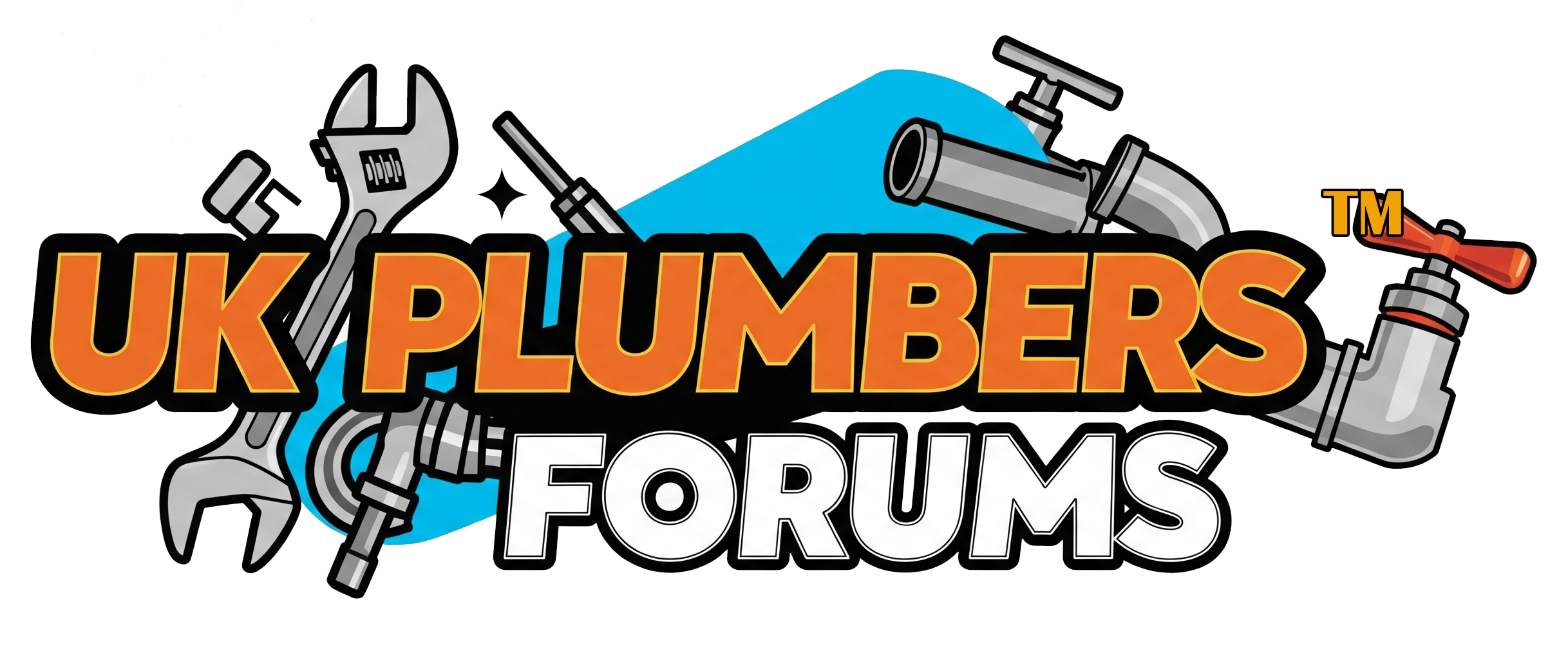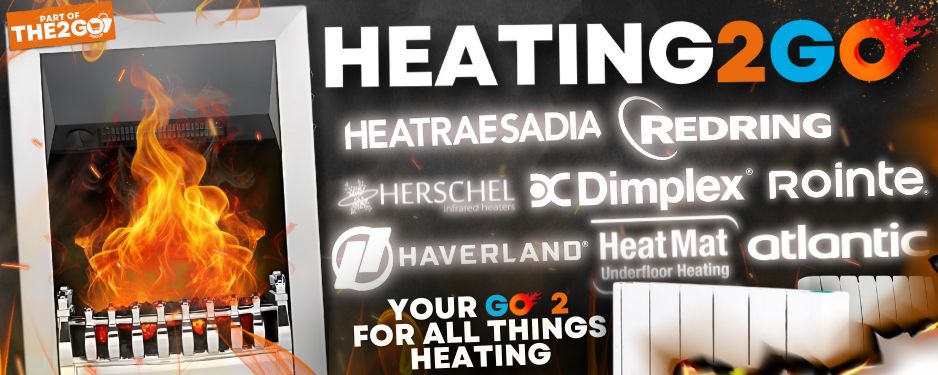D
dennis more
I've done a few sweated joints in my time, but probably not for 20 years (yes, I'm old), & have always used yorkshire fittings. Looking around the general opinion seemed to be end feed is the way to go, so I duly got the requisite bits, solder flux, solder, decent propane blowtorch & set to work.
I did some sections on the bench, where possible. Even then I was having terrible trouble trying to get the solder to run. Spent ages wire wooling the fittings & pipe, applied loads of flux but no joy. I realised I was applying too much heat to start with, but even on a gentle heat it wasn't much better - the solder just seemed to ball up & run round the pipe & on to the floor the second it melted. Eventually I had a bit of success, got some solder to run in the joints so, not very confidently, I tested them with water & they didn't leak (I know they should be pressure tested but I've always found, with yorkshires, they either leak straight away or don't ever). It's a gravity system so there's not much pressure involved.
I then sweated the whole system together
To cut a long story short I've had one tiny leak appear after several weeks, but 2 bigger ones appeared when I fired my stove up & the water got lukewarm.
I resoldered one, & that appears OK, but I decided to have more practice on the bench before doing the second. Again cleaned everything, flux, gentle heat so the solder just melted, same lack of capillary action. Removing the fitting showed the solder had only been drawn in on one side. By twisting, recleaning, refluxing & resoldering I eventually managed to get a complete coating on the end of the pipe when I pulled it apart.
I then tried plan B. I found a few inches of solder, left from when I used to touch up yorkshire joints I thought might have lost solder, & used that to make a fresh joint using another end feed fitting.
What a difference! Using exactly the same technique the solder ran straight round the joint & formed a perfect ring. 100% coverage when I pulled it apart.Hallelujah!
Confession time. The solder I recently bought was (marginally) the cheapest on eBay, but it is (allegedly) a leaded one, 3.25 mm, for plumbing, with a batch number.
Any ideas what sort of solder I've ended up with? Impossible question: should I take the whole shebang apart & start again?
That'll larn me.
Anyway, my thought for the day is: beware unknown solder!
I did some sections on the bench, where possible. Even then I was having terrible trouble trying to get the solder to run. Spent ages wire wooling the fittings & pipe, applied loads of flux but no joy. I realised I was applying too much heat to start with, but even on a gentle heat it wasn't much better - the solder just seemed to ball up & run round the pipe & on to the floor the second it melted. Eventually I had a bit of success, got some solder to run in the joints so, not very confidently, I tested them with water & they didn't leak (I know they should be pressure tested but I've always found, with yorkshires, they either leak straight away or don't ever). It's a gravity system so there's not much pressure involved.
I then sweated the whole system together
To cut a long story short I've had one tiny leak appear after several weeks, but 2 bigger ones appeared when I fired my stove up & the water got lukewarm.
I resoldered one, & that appears OK, but I decided to have more practice on the bench before doing the second. Again cleaned everything, flux, gentle heat so the solder just melted, same lack of capillary action. Removing the fitting showed the solder had only been drawn in on one side. By twisting, recleaning, refluxing & resoldering I eventually managed to get a complete coating on the end of the pipe when I pulled it apart.
I then tried plan B. I found a few inches of solder, left from when I used to touch up yorkshire joints I thought might have lost solder, & used that to make a fresh joint using another end feed fitting.
What a difference! Using exactly the same technique the solder ran straight round the joint & formed a perfect ring. 100% coverage when I pulled it apart.Hallelujah!
Confession time. The solder I recently bought was (marginally) the cheapest on eBay, but it is (allegedly) a leaded one, 3.25 mm, for plumbing, with a batch number.
Any ideas what sort of solder I've ended up with? Impossible question: should I take the whole shebang apart & start again?
That'll larn me.
Anyway, my thought for the day is: beware unknown solder!


